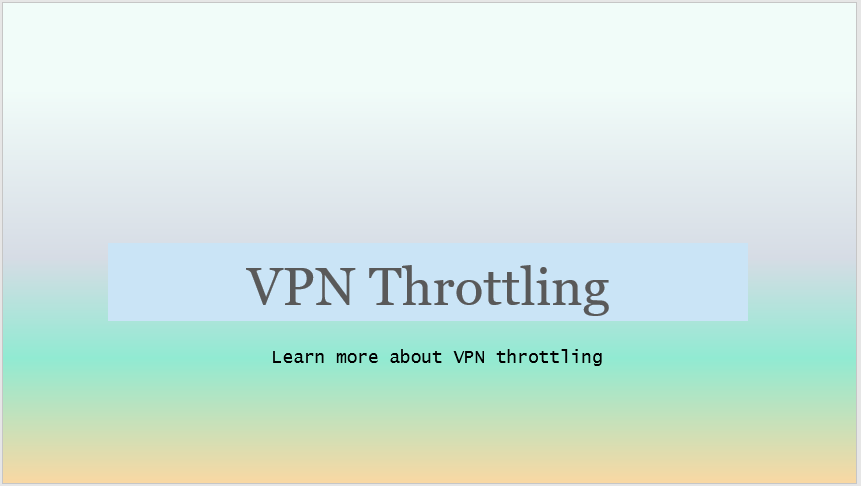Computer Security Threats: Safeguard Your Data Today
Computer Security Threats. In the rapidly evolving digital era, understanding computer security threats has become more than just a necessity; it’s a matter of survival.
With the rampant growth of technology, the threats have become increasingly sophisticated, posing significant challenges to the safety of our data.
As IT users and professionals, it’s essential to stay informed and prepared.
Computer security threats are numerous, ranging from malware and phishing attacks to ransomware and denial-of-service attacks.
These threats are not limited to external sources; internal threats from within an organization can be just as damaging, if not more so. But fear not, as understanding these threats is the first step towards formulating effective defenses.
In this comprehensive guide, we’ll delve deep into the realm of computer security threats, unpacking the top 10 cyber threats, exploring different types, and providing effective solutions to safeguard your system.
From IT users looking to secure their personal computers to IT professionals seeking to bolster their organization’s defenses, this guide serves as an essential resource in the fight against cyber threats.
Stay tuned as we navigate the intricate landscape of computer security threats and arm ourselves with the knowledge to fend them off.
I. Introduction
In today’s interconnected world, you’re likely familiar with the term “Computer Security Threats”. But, what does it really mean and why is it so crucial for your digital survival? Computer Security Threats are malicious activities designed to disrupt, damage, or unauthorized access to your computer system. These threats can impact your personal data, compromise sensitive business information, and even disrupt entire networks. They pose significant challenges and should never be underestimated. So, let’s dive into this comprehensive guide to better understand and tackle these threats.
II. Computer Security Threats
When you think about “Computer Security Threats”, you might picture a malicious hacker in a dark room. But the term extends far beyond this stereotype. It encompasses a range of malicious activities, including viruses, worms, Trojans, phishing, and more. Each of these threats poses a unique risk, and understanding them is your first line of defense.
III. Top 10 Cyber Security Threats
As technology evolves, so too do cyber threats. The top 10 cyber threats that you need to be aware of in today’s digital age are:
- Malware
- Phishing Attacks
- Denial-of-service (DoS) Attacks
- Man-in-the-middle (MitM) Attacks
- SQL Injection
- Zero-day Exploits
- DNS Tunneling
- Cryptojacking
- AI-Powered Attacks
- Insider Threats
Each of these threats can disrupt your computer system in different ways, making it crucial to stay informed and prepared.
IV. What is Security Threats and its Types
A security threat is any potential danger to your computer systems or data. The threat types are often categorized into two main groups:
- External Threats: These come from individuals or organizations outside your system. They include hackers, competitor companies, or even state-sponsored cybercriminals.
- Internal Threats: These are often overlooked but can be just as damaging. They come from inside your organization, perhaps disgruntled employees or people with access to sensitive information.
V. 10 Types of Security Threats
Let’s dive deeper into the different types of security threats you need to look out for:
- Malware (e.g., viruses, worms, Trojans)
- Phishing and Spear Phishing Attacks
- Password Attacks
- Denial-of-service (DoS) and Distributed denial-of-service (DDoS) Attacks
- Man-in-the-middle (MitM) Attacks
- Drive-by Downloads
- Malvertising
- Rogue Software
- Unpatched Software
- Social Engineering Attacks
VI. Computer Security Threats and Solutions
Knowledge is power, but action is key. Here are some solutions to help you tackle the above-mentioned threats:
- Install reliable security software.
- Regularly update and patch your software.
- Backup your data frequently.
- Use strong, unique passwords and consider a password manager.
- Educate yourself and your team about phishing scams and how to spot them.
- Implement network segmentation and encryption.
- Use multi-factor authentication where possible.
VII. List of Computer Security Threats
This comprehensive list covers a wide array of threats that you should be aware of:
- Malware
- Ransomware
- Phishing
- Password Attacks
- DoS and DDoS Attacks
- SQL Injection
- Cross-Site Scripting
- Eavesdropping Attacks
- AI-Powered Attacks
- Insider Threats
VIII. Computer Security Threats Examples
Real-life examples of these threats can help illustrate their potential impact:
- WannaCry Ransomware Attack: In 2017, this ransomware attack affected hundreds of thousands of computers across 150 countries, encrypting data and demanding Bitcoin as ransom.
- Equifax Data Breach: In 2017, a data breach at Equifax, one of the three largest credit agencies in the U.S., exposed the personal information of 147 million people.
- Yahoo Data Breach: Occurred in 2013-2014, it’s considered the largest data breach in history, affecting 3 billion Yahoo accounts.
IX. Conclusion
Understanding computer security threats and their potential impact is crucial for your digital survival. Always remember, staying informed and proactive can make the difference between a secure system and a compromised one.
With this comprehensive guide in your arsenal, you are well equipped to face the dynamic landscape of computer security threats. Keep your data safe and stay vigilant!
Computer Security Threats FAQs
-
What are the threats in computer security?
Computer security threats include malware (like viruses, worms, trojans), phishing attacks, password attacks, denial-of-service attacks, man-in-the-middle attacks, and more.
-
What are the top 5 major threats to cybersecurity?
The top 5 major cybersecurity threats are malware, phishing, denial-of-service attacks, man-in-the-middle attacks, and password attacks.
-
What are the six types of security threat?
The six types of security threats are viruses, worms, trojans, ransomware, spyware, and adware.
-
What are the 8 common cyber threats?
The 8 common cyber threats are malware, phishing, password attacks, denial-of-service attacks, man-in-the-middle attacks, drive-by downloads, malvertising, and rogue software.
-
What are the 10 common types of cyber threats?
The 10 common types of cyber threats include malware, ransomware, phishing, password attacks, DoS/DDoS attacks, man-in-the-middle attacks, SQL injection, cross-site scripting, AI-powered attacks, and insider threats.
-
What are the top 10 cyber attacks?
The top 10 cyber attacks are similar to threats and include malware, phishing, DoS/DDoS attacks, password attacks, man-in-the-middle attacks, SQL injection, zero-day exploits, DNS tunneling, cryptojacking, and insider threats.
-
What are the 7 types of cyber security?
The 7 types of cybersecurity are network, endpoint, application, data, identity, infrastructure, and cloud security.
-
What are the 5 types of cyber attacks?
The 5 types of cyber attacks are malware attacks, phishing attacks, password attacks, denial-of-service attacks, and man-in-the-middle attacks.
-
What is the most common type of computer security incident?
The most common type of computer security incident is a phishing attack, where attackers trick victims into revealing sensitive information.
-
What are 3 main types of attacks that can harm your computer?
The 3 main types of attacks are malware attacks (viruses, worms, trojans), phishing attacks, and denial-of-service attacks.
-
What are the 4 main concerned areas of computer security?
The 4 main areas of computer security concern are data security, network security, application security, and user security.
-
What is the most well known computer security threat?
The most well-known computer security threat is probably malware, specifically computer viruses.
-
What are the top 3 computer security trends?
The top 3 computer security trends are the rise of AI-powered attacks, increase in ransomware attacks, and the growing threat of insider attacks.
-
What is the biggest security risk on the Internet?
The biggest security risk on the Internet is phishing, given its effectiveness in tricking individuals into divulging sensitive information.
Related Posts:






